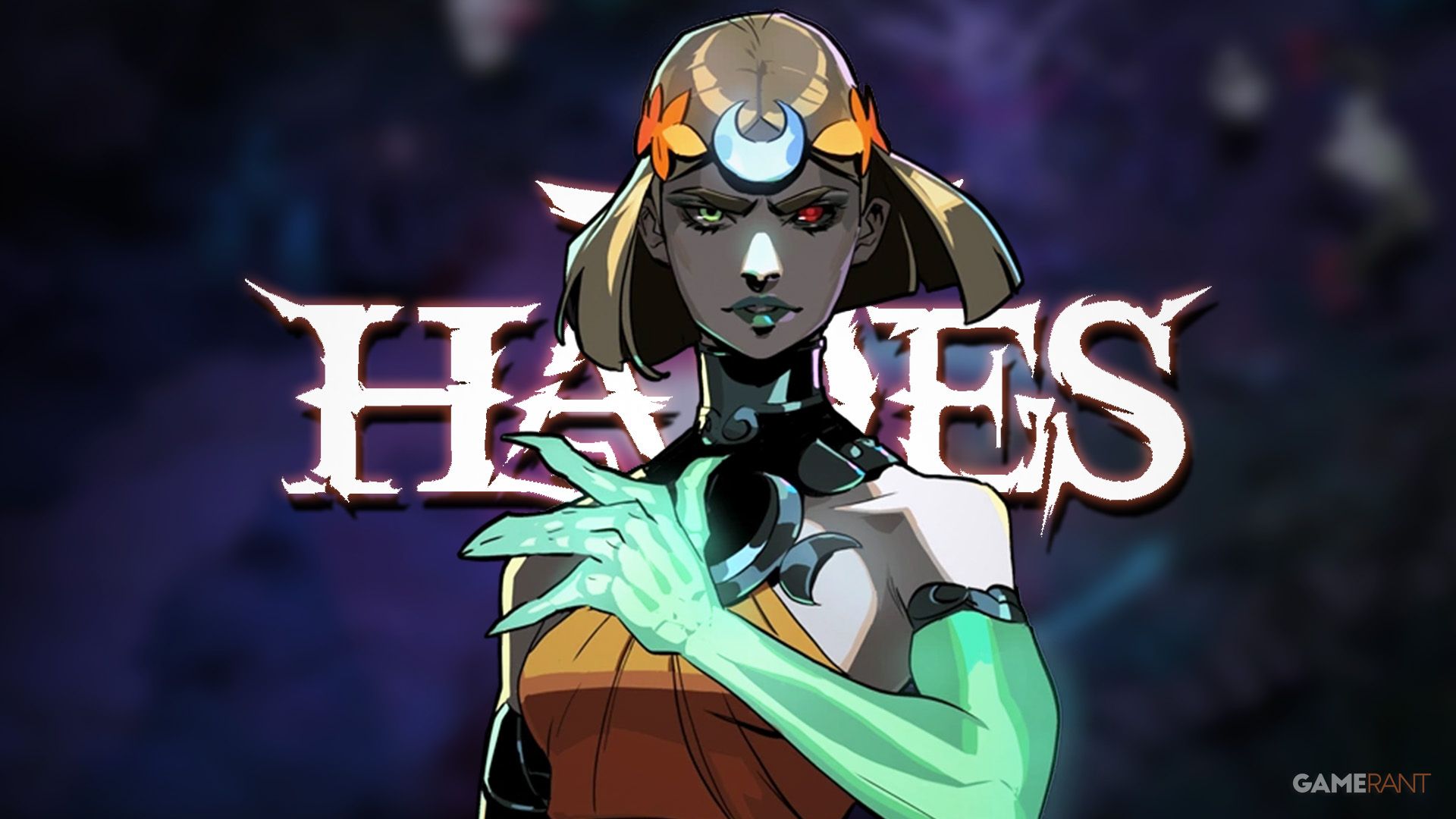
The game *Hades* was a huge hit in 2020, and its sequel, *Hades 2*, released in 2025, has been just as popular. *Hades 2* builds on everything players loved about the original – memorable characters, a captivating story, beautiful visuals, and exciting, quick action – and expands it in every way. Like its predecessor, it’s a perfect game for anyone fascinated by mythology.
The team at Supergiant Games clearly poured a lot of effort and creativity into every aspect of this game, from how battles work to the look of the characters. The game draws inspiration from both famous myths and lesser-known tales from Greek legends, creating a world that feels as deep and complex as the original stories. It also smartly connects to the previous game in the series, making the two feel like a unified whole.
Chronos’ Design
He’s Been Pieced Back Together
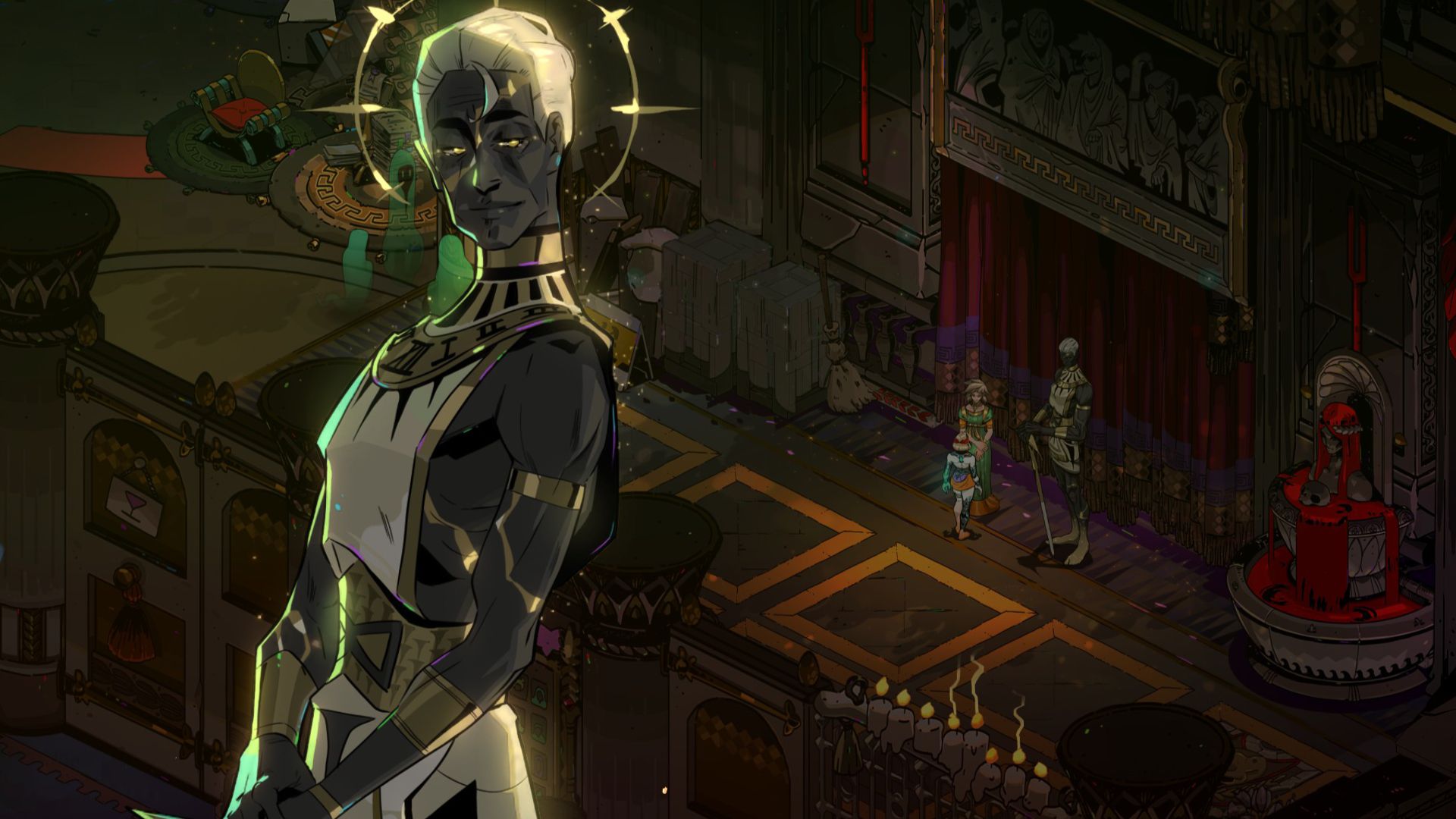
In Greek mythology, the gods overthrew Chronos by ripping him apart and imprisoning the pieces in Tartarus. The game *Hades 2* frequently alludes to this event, with Chronos himself mentioning how he managed to “put himself back together.” While the exact method isn’t explained, his fragmented appearance in the game visually represents this reconstruction.
In *Hades 2*, Chronos is depicted as a dark figure with golden lines running across his face and body. This visual style is similar to *kintsugi*, a pottery method where broken pieces are repaired with gold, highlighting the cracks instead of hiding them. Chronos isn’t simply repaired, though – he wears his scars with a defiant pride, mocking his enemies and reminding them that he’s immortal, even when defeated.
Hecate’s Familiars
Hecuba & Gale Come From Greek Mythological Canon
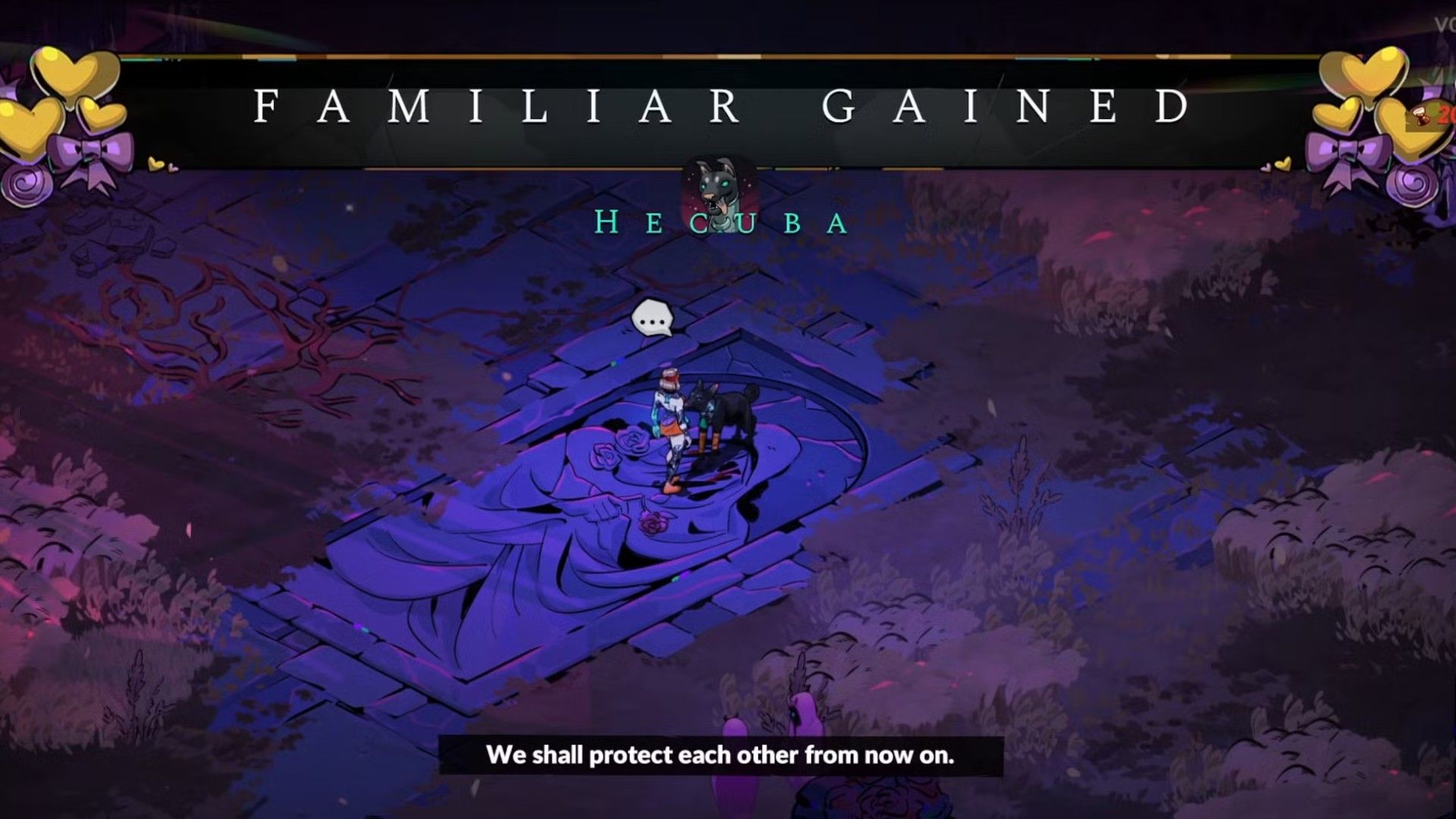
Hecuba, a hound, and Gale, a polecat, are Hecate’s faithful animal companions, and Melinoë can form a connection with them to help her on her adventures. These aren’t just cute additions, though – the developers at Supergiant Games thoroughly researched Greek mythology to find the perfect creatures.
In Greek stories like the Iliad, Hecuba was the queen of Troy and wife of King Priam during the Trojan War. Accounts vary about her fate: some say she was enslaved by Odysseus and, after cursing him, was transformed into a dog to escape. Others claim the gods turned her into a dog after she went mad with grief over losing her children and drowned herself. Regardless of how it happened, the goddess Hecate saved her in both versions, and Hecuba became one of Hecate’s devoted companions.
There are a couple of stories about the origin of the weasel, known as a gale or polecat. One simple myth says a witch named Gale angered the goddess Hecate and was transformed into the animal as punishment. A longer version tells of a woman named Galinthias who cleverly helped ease the pain of Heracles’ mother during childbirth, deceiving Hera in the process. As punishment, Hera turned Galinthias into a polecat, but Hecate felt sorry for her and took her on as a magical companion.
Musical Callbacks
Clever Uses Of The First Game’s Music
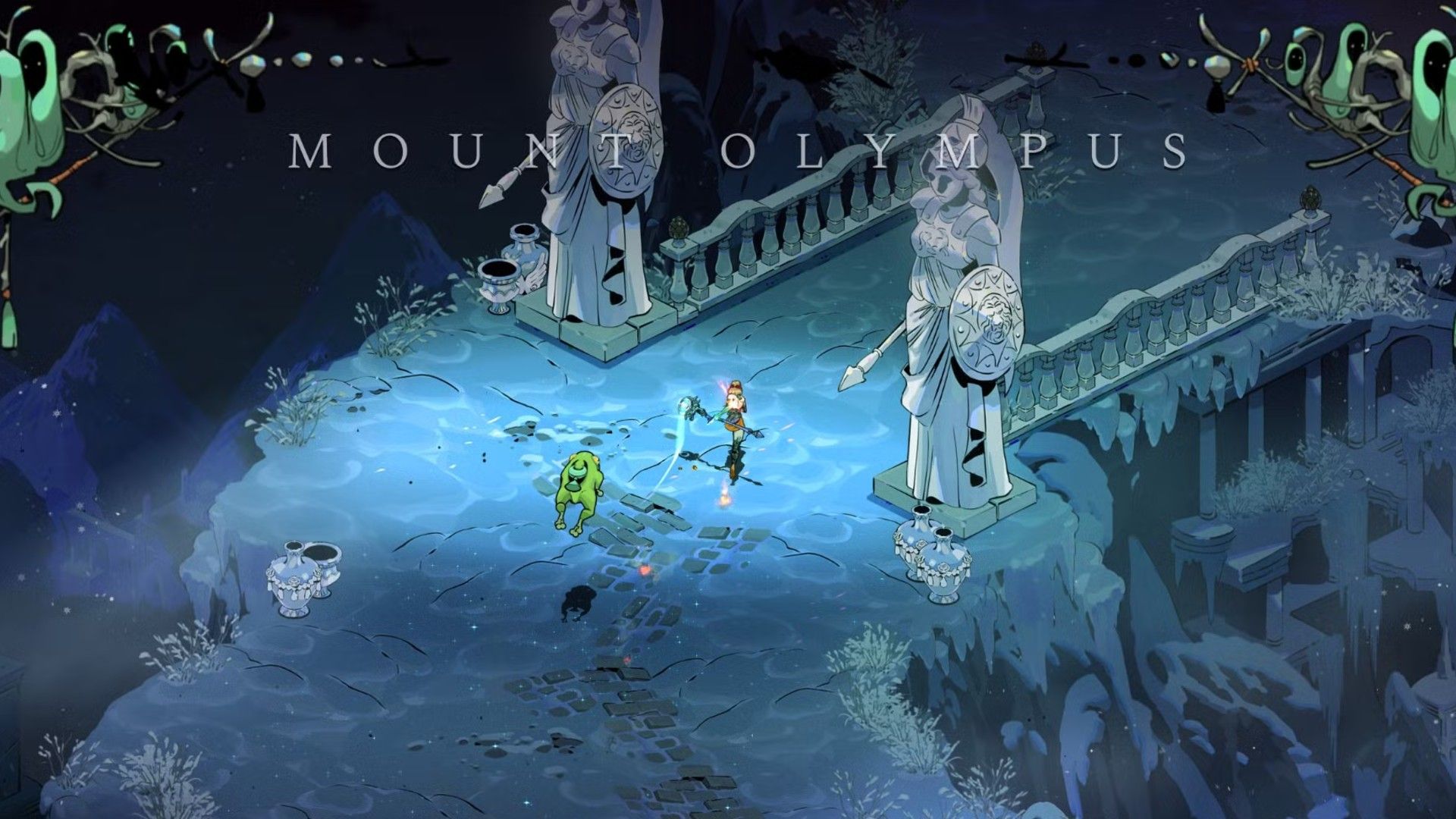
Let me tell you, the soundtrack to *Hades 2* is mostly fresh material, which is fantastic. But the developers cleverly weave in bits of the original *Hades*’ music too. It’s subtle, but as a longtime fan, I definitely noticed it! Like, when Melinoë travels through the mirror to chat with Zagreus in his dreams, the driving percussion you hear? That’s the *exact* same beat that kicked off every escape attempt in the first game. It’s a really cool nod to the past and gave me chills!
As Melinoë ascends Mount Olympus, the music includes a familiar theme from the first game’s track, “On the Coast,” which played when Zagreus first escaped the Underworld. This musical connection, despite the different situation, highlights that Melinoë, just like her brother, is getting closer to the Olympian gods who once felt distant.
The Adamant Rail
Zagreus Once Used The Aspect Of Eris
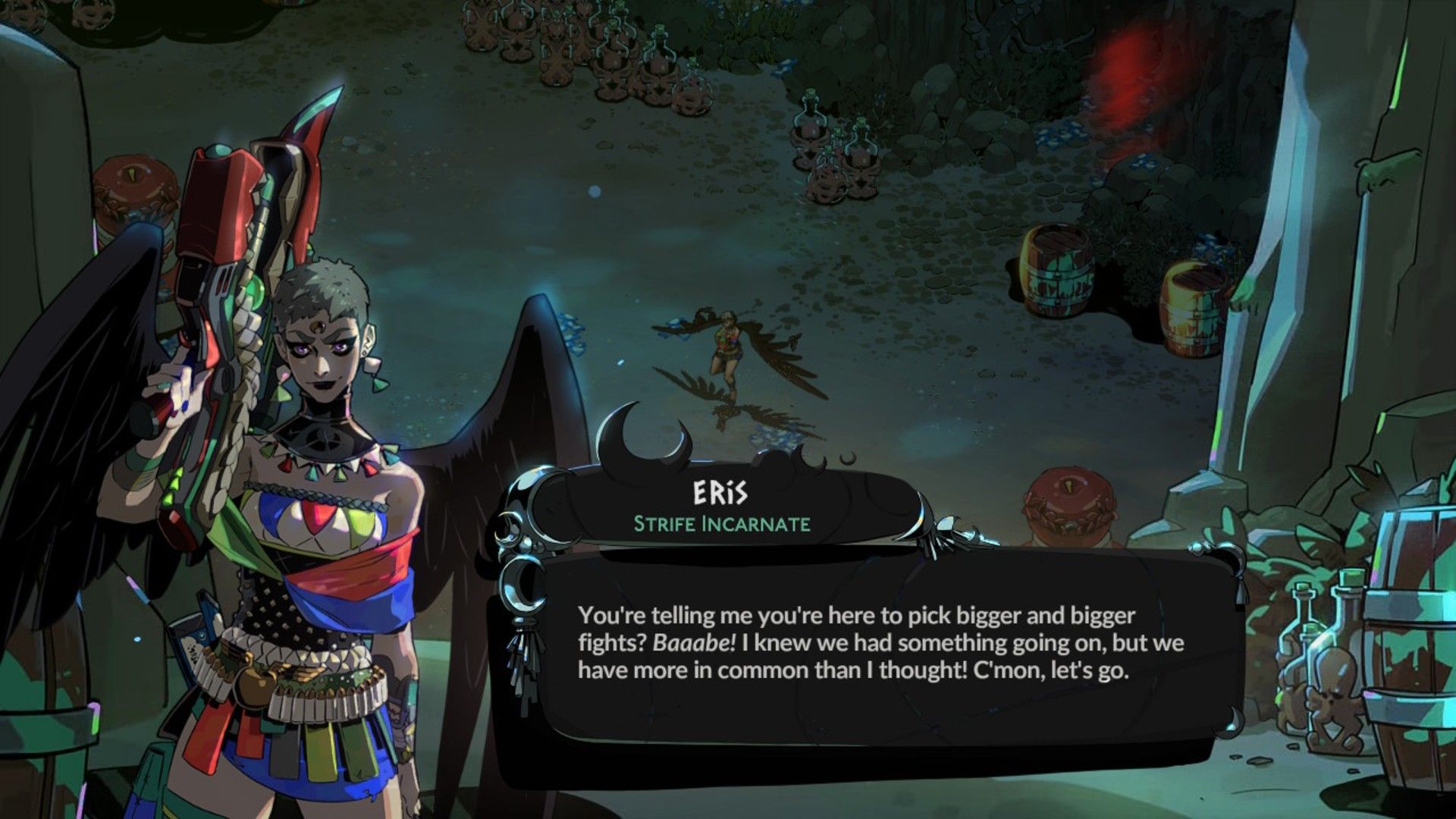
Throughout the game, characters reveal that Eris has the Exagryph, which is actually the Adamant Rail – a weapon fans might recognize from the first *Hades* game as part of Zagreus’s arsenal. Players who explored thoroughly in the original game may also recall unlocking a special form of the Adamant Rail called the Aspect of Eris. In *Hades 2*, Eris not only uses the Adamant Rail in combat, but her official portrait shows her carrying it – and it looks exactly like the Aspect of Eris from the first game.
It’s not just about how Eris looks. Her use of the Adamant Rail mirrors a specific ability from the game *Hades*. When the player character, Zagreus, uses Eris’s Aspect in *Hades*, he can boost his damage by absorbing the energy from his special attack – Eris does the same thing in *Hades 2*. During her fight, at two-thirds, one-third, and nearly zero health, Eris fires a large blast upwards. She then stands within the blast’s area, and afterwards, her damage output increases by 100%.
The weapon has a connection to Hestia, revealed through conversation after defeating Eris and accepting a gift from her. She might recall once owning the Adamant Rail, which some players will recognize as the basis for Zagreus’s Exagryph Aspect of Hestia.
The Aspect of Nemesis
Nemesis’ Portrait Shows Another Familiar Weapon
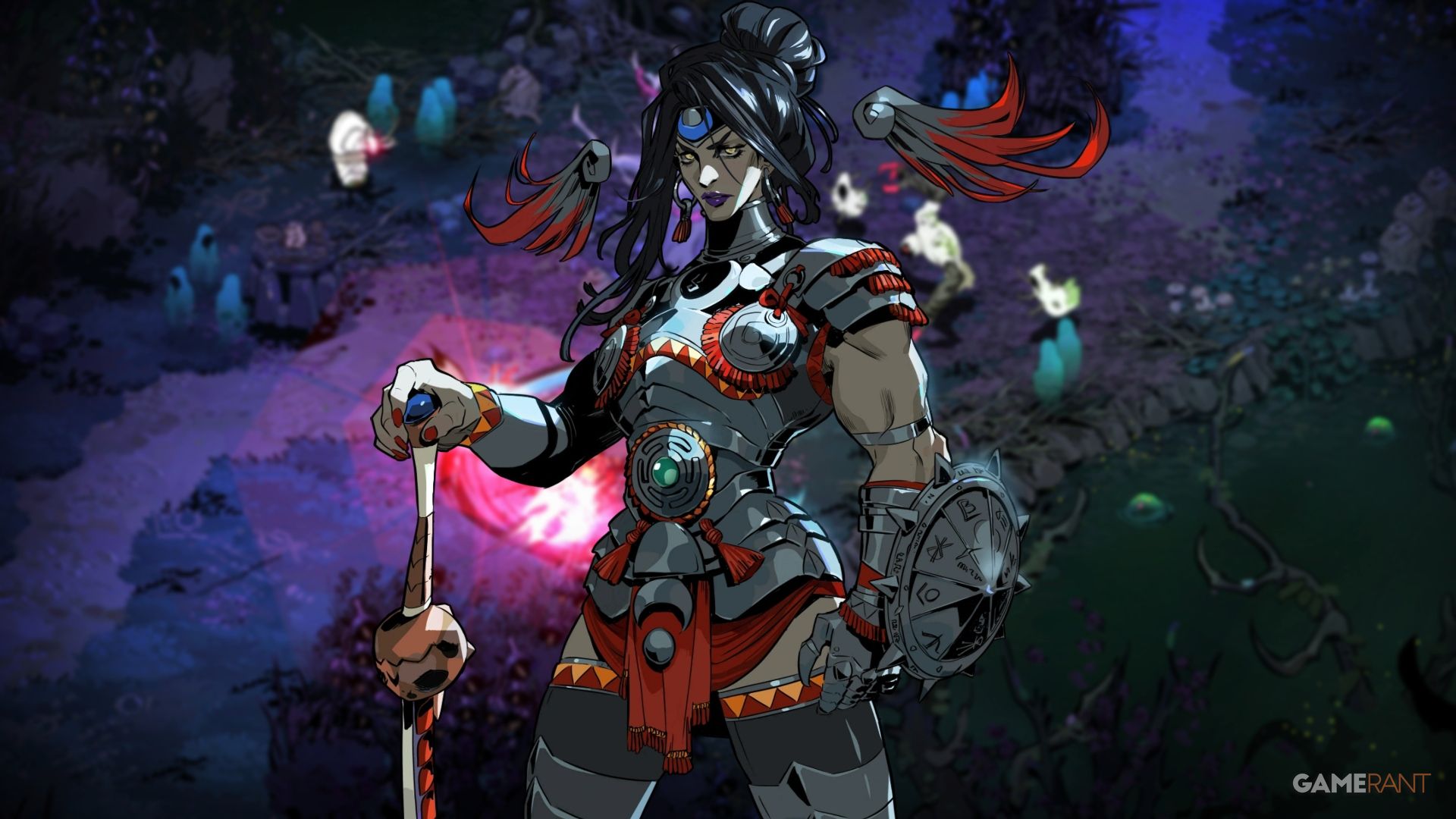
The Exagryph isn’t the only weapon returning from the first *Hades* in the sequel. Keen-eyed players might have already noticed another of Zagreus’s signature weapons, even though it hasn’t been officially announced.
One of the unlockable forms for the Stygian Blade in the first game is the Aspect of Nemesis. Interestingly, the sword depicted in the Aspect of Nemesis’s artwork closely resembles its in-game appearance in *Hades*. While it’s a more understated reference than the one made with Eris’s weapon, it still showcases Supergiant Games’ impressive commitment to detail.
Pausing While Fighting Chronos
The Titan Of Time Is Not Pleased
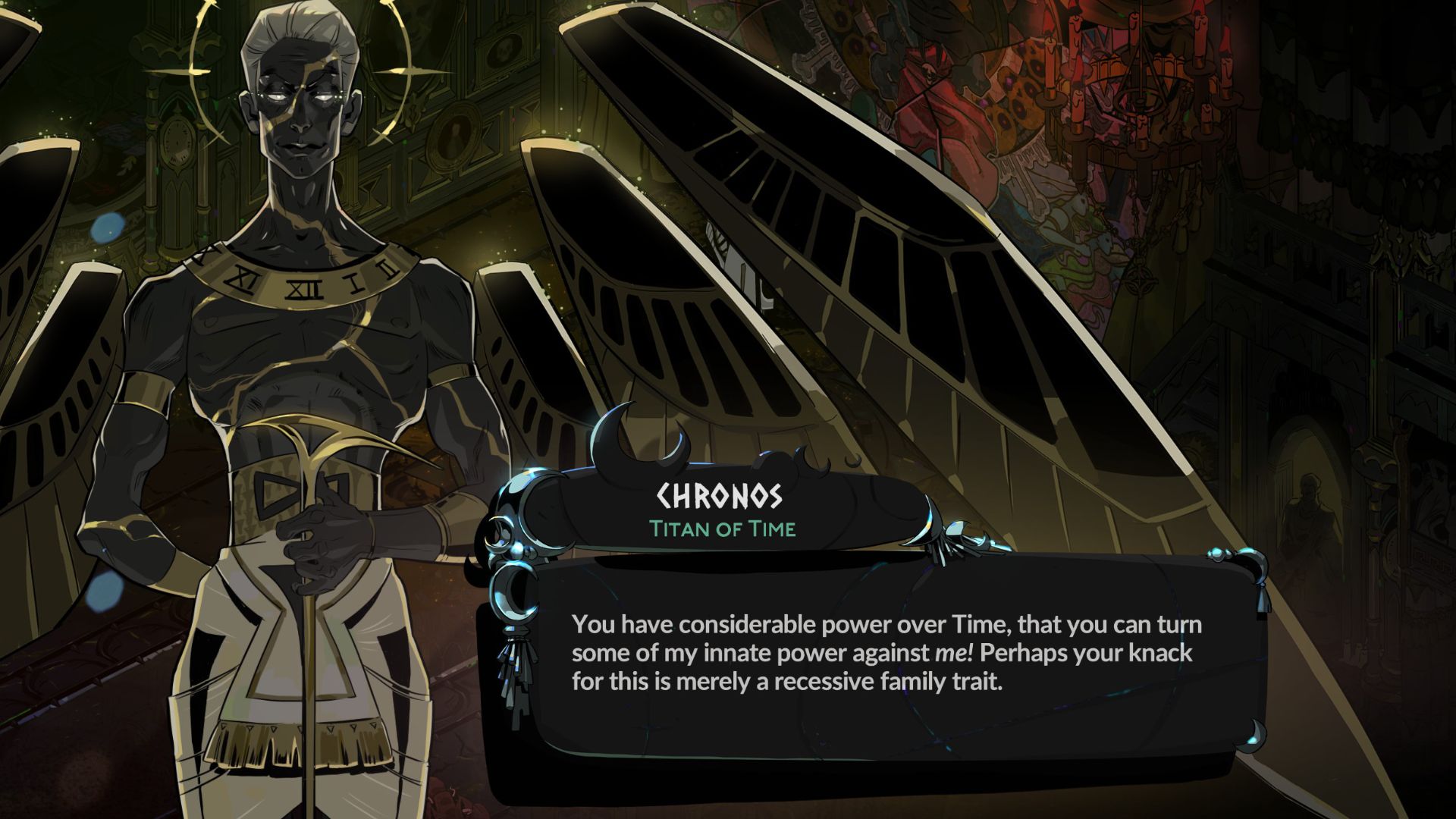
If players pause during the battle against Melinoë’s enemy, they’ll encounter a fun and unexpected moment. Chronos, the being who controls time, gets really annoyed that anyone would interrupt its flow – especially the player! He’ll express his displeasure with sarcastic remarks and insults while the pause menu is open.
When the game was first in Early Access, the character Chronos wouldn’t allow players to pause during his battle, claiming control over time was his alone and restarting the fight if they tried. Players had to craft a special potion to unlock the ability to pause. While this was changed in the full game based on player suggestions, activating the ‘Vow of Rivals’ for Chronos’ fight restores his power to prevent pausing.
Read More
- Rebecca Heineman, Co-Founder of Interplay, Has Passed Away
- Best Build for Operator in Risk of Rain 2 Alloyed Collective
- 9 Best In-Game Radio Stations And Music Players
- Top 15 Best Space Strategy Games in 2025 Every Sci-Fi Fan Should Play
- ADA PREDICTION. ADA cryptocurrency
- USD PHP PREDICTION
- All Exploration Challenges & Rewards in Battlefield 6 Redsec
- The 20 Best Real-Time Strategy (RTS) Games Ever You Must Play!
- BCH PREDICTION. BCH cryptocurrency
- Top 7 Demon Slayer Fights That Changed the Series Forever
2025-10-10 23:30